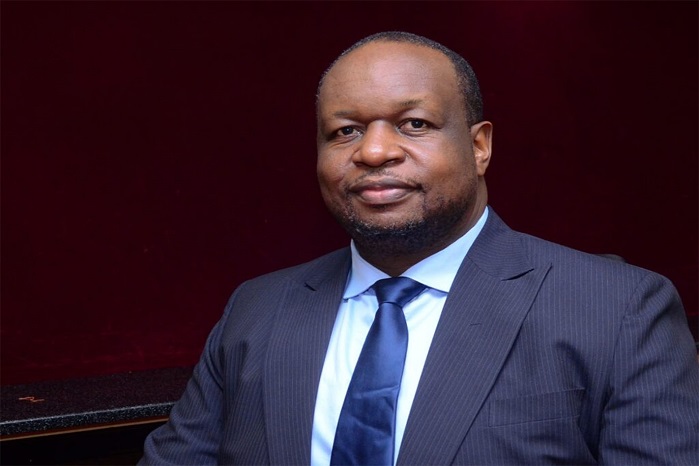
Mumba Kenneth Kalifungwa, the new Stanbic Bank’s Chief Executive
HABARI DAILY I Kampala, Uganda I Steering Uganda’s biggest commercial bank by asset and branch network will definitely not be a walk in the park for the newly appointed Chief Executive, Mumba Kenneth Kalifungwa.
Stanbic Bank’s Board of Directors announced him as the new Chief Executive Officer of Stanbic Bank, effective March 1, 2025.
“Mumba brings to our team nearly 30 years of post-qualification experience, 20 of which have been in the banking sector, mostly in senior leadership roles covering business development, risk management, strategy formulation, and finance strategy in three African markets,” the board said in a brief statement issued on Monday.
They said the new CEO has served in several countries including Botswana, Zambia, and, for the last five years, Uganda.
“We are confident that under Mumba’s leadership, the bank will continue to experience even more success as we stay committed to our purpose of driving Uganda’s growth,” further reads the statement.
Kalifungwa, who has been the Managing Director of Absa Bank Uganda, takes over from Anne Juuko, who in March this year was promoted to a new leadership role as Global Markets Regional Head-East Africa within the Standard Bank Group.
Huge Task ahead
The Standard Bank Board of Directors appointed the CEO of Stanbic Bank Eswatini in Southern Africa as the replacement for Juuko.
Bank of Uganda had stuck to its guns, refusing to hear of Uganda’s biggest Bank being headed by a non-Ugandan.
Kalifungwa therefore enters this space as a compromise pick, since he had served in Uganda for several years.
This alone is a challenge because Ann Juuko had set the standards high. She had steered the bank into profitability for several years until things went way wire towards the end of her tenure.
Who is Mumba?
A Zambian by nationality, Mumba previously served as Chief Financial Officer for Absa Bank Botswana Limited since 2015. Prior to that, he was the Chief Financial Officer for our operations in Zambia.
He is a Chartered Accountant and seasoned organisational leader having over 24 years post-qualifying experience across banking, public and private sectors.

Mumba Kalifungwa, while still steering Absa Bank Uganda
He is also a fellow of the Chartered Institute of Management Accountants (CIMA), the Association of Chartered Certified Accountants (ACCA), Botswana Institute of Chartered Accountants (BICA) Zambia Institute of Chartered Accountants (ZICA).
He also holds an MBA from Herriot Watt University, Scotland and has attended various senior leadership development programs over the years.
Stanbic History
In 1991, Standard Bank Group (The Group) acquired Grindlays Bank. The new owners renamed the Ugandan subsidiary, Stanbic Bank Uganda Limited (SBUL).
In February 2002, the Group acquired 90% of the shareholding in Uganda Commercial Bank Limited, a government-owned bank with sixty-five branches. The Group merged their new acquisition with the existing Stanbic Bank (Uganda) Limited, to form Uganda’s largest commercial bank by assets and branch network.
In November 2007, the Government of Uganda divested its ownership in Stanbic Bank Uganda by listing its shares on the Uganda Securities Exchange. The Group also floated 10% of its shareholding at the same time, retaining an ownership stake of 80%.
On 31st May 2018, the Bank obtained shareholder approval, and later regulatory approvals to change its name from Stanbic bank Uganda Limited, to Stanbic Bank Holdings Limited.
Francis Karuhanga, Chief Executive, Stanbic Uganda Holdings Limited (SUHL), Stanbic Bank’s holding company recently said their performance for the first six-months of 2024 was extra ordinary.
“Our customer loan book grew by 9.5%, representing over 21% of market share while the off-balance sheet book grew by 17.5% to sh2.2 trillion,” he said, adding that this represents a market share of over 40%.
“This demonstrates our continued leadership as key enabler for growth in our economy in key sectors such as construction, energy, health, and trade.”




